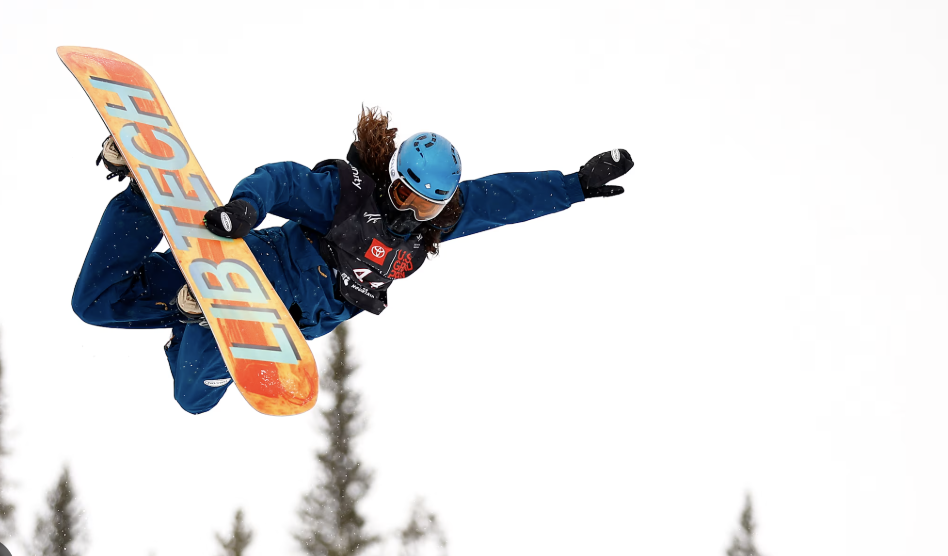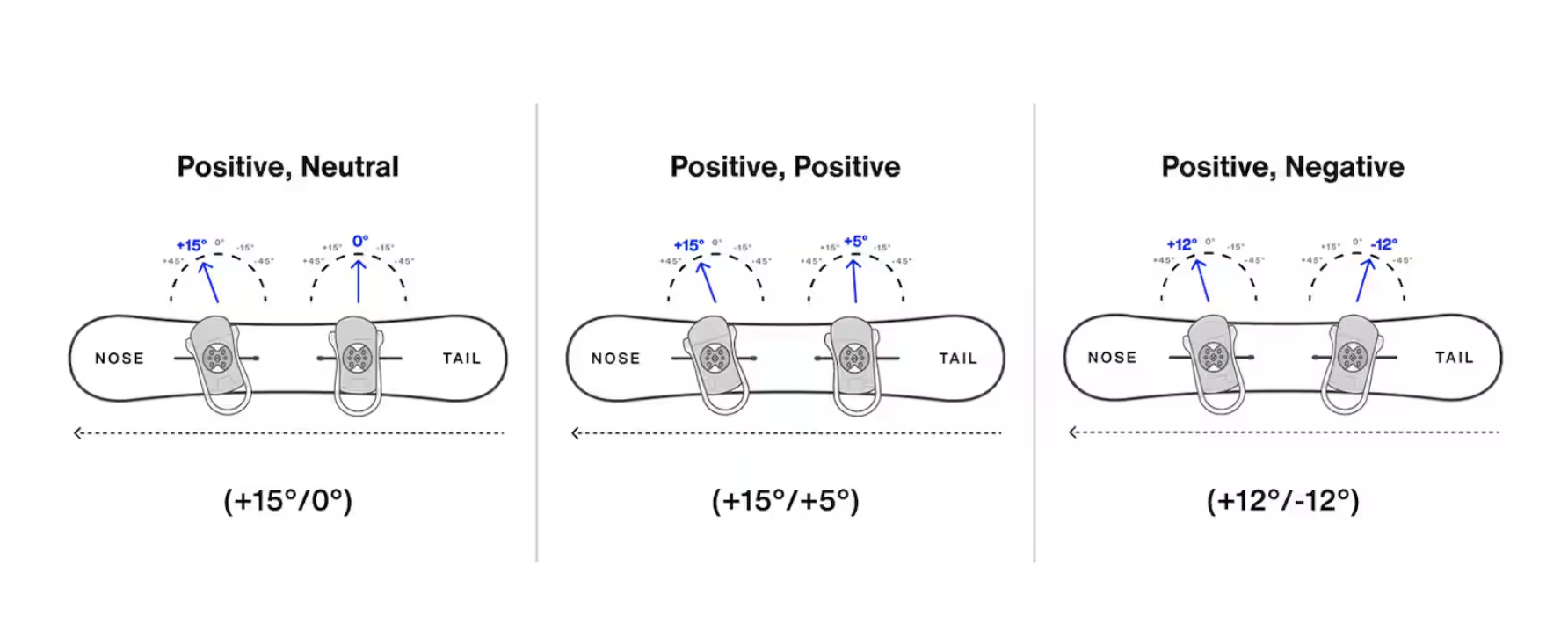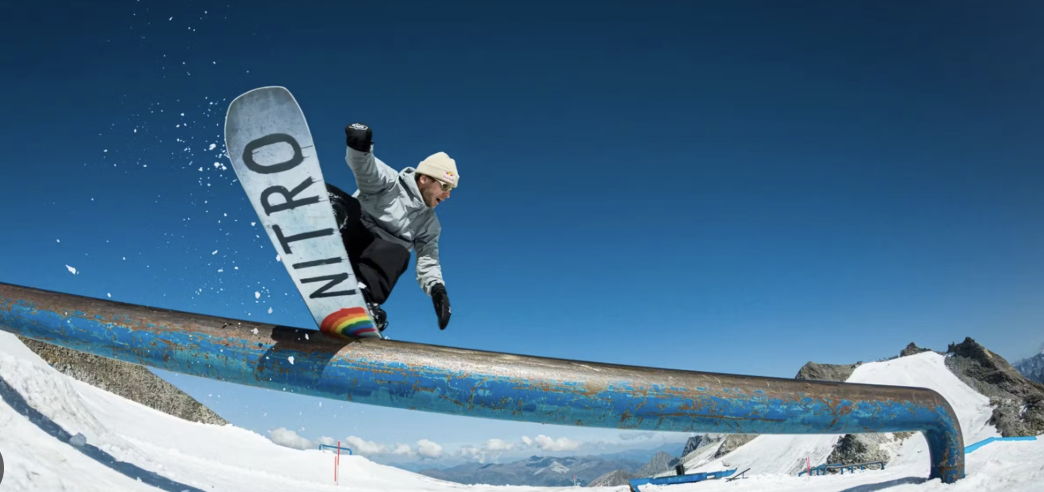Asymmetrical Sidecuts: Optimizing Snowboard Performance
Snowboard technology has evolved significantly, and one innovation that continues to gain traction is asymmetrical sidecuts. Unlike traditional boards with symmetrical sidecuts—where both edges have the same curvature—asym boards are designed with a different sidecut radius on the toe and heel edges.
Why? Because your body moves differently on your toes than on your heels. Asym sidecuts help balance your turns, improve control, and make carving more natural by accommodating these biomechanical differences.

How Asymmetrical Sidecuts Work
Features a deeper sidecut radius, meaning a tighter curve.
Allows for quicker, more responsive turns on the toe side.
Helps with initiating carves and maintaining edge hold.
Designed with a shallower sidecut radius, creating a more gradual curve.
Provides better stability and control on heel-side turns.
Helps compensate for the fact that heelside turns rely more on body leverage than ankle flexibility.

Who Should Ride an Asym Board?
Asymmetrical sidecuts are great for a variety of riders, but they’re particularly beneficial for:
Freestyle Riders – Asym boards offer better control and easier switch riding, making them a favorite for park riders and all-mountain freestylers.
Carving Enthusiasts – If you love deep carves and edge control, an asym board can take your turns to the next level.
Riders Who Struggle with Heel-Side Turns – If you’ve ever felt like your heel-side turns are weaker or less natural than your toe-side turns, an asym board might be the game-changer you need.
Common Snowboard Stance Angle Combinations

Anyone Looking for a More Intuitive Ride – Whether you’re just learning or a seasoned pro, an asym snowboard helps balance out your turns for a smoother, more fluid ride.
Are Asym Boards Right for Everyone?
Not every rider notices the difference. While many swear by them, others may prefer a traditional symmetrical sidecut for a more familiar feel.
They may take a bit of adjustment. If you're used to riding standard boards, it can take a few runs to fully appreciate the biomechanical benefits of an asym board.
Different brands have different asym designs. Some brands emphasize the difference only in the sidecut, while others tweak flex patterns and core construction for a more pronounced asym effect.
Asymmetrical sidecuts are a smart evolution in snowboard design, making turns more balanced, carving more precise, and riding more natural. If you’ve ever struggled with heel-side turns or want a more intuitive, fatigue-free ride, it’s worth trying an asym snowboard.
The best way to know? Demo different boards and see how they feel. Snowboard tech is personal—the right board is the one that makes you feel the most confident and in control.
